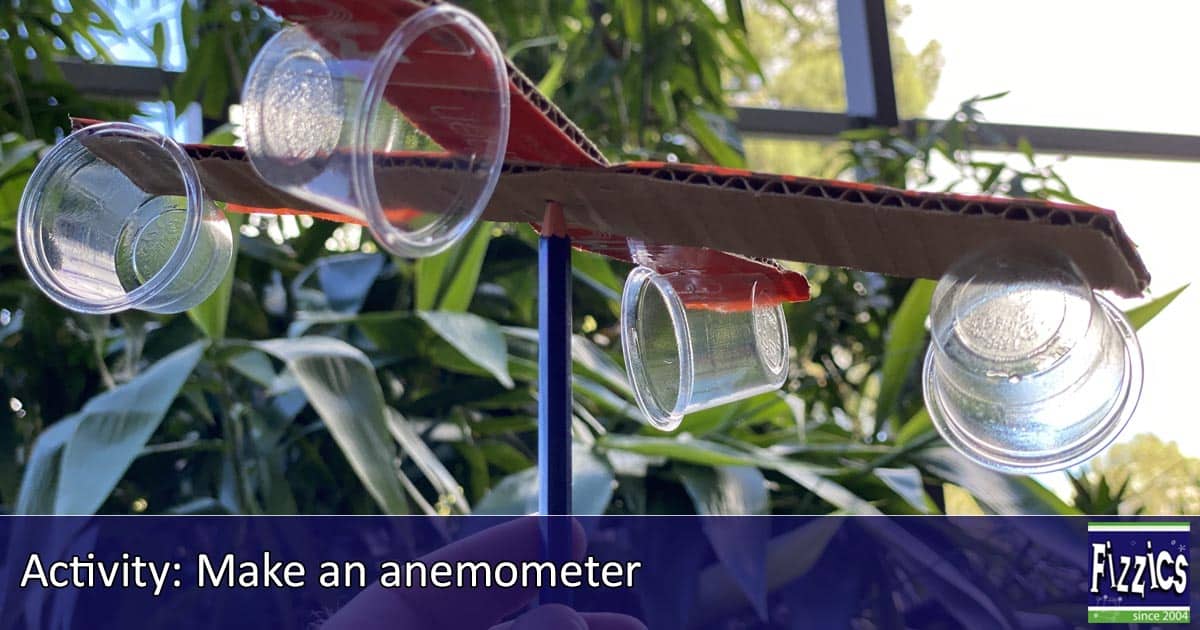Comparing Digital and Mechanical Anemometers: Which is Right for You?
Comparing Digital and Mechanical Anemometers: Which is Right for You?
Blog Article
Exploring the Features and Advantages of Anemometers for Weather Fanatics and Professionals
From cup anemometers to sonic anemometers, each kind brings its distinct collection of applications and advantages, shedding light on various facets of atmospheric problems. As we delve right into the functions and advantages of anemometers, a much deeper understanding arises not just of dominating weather condition phenomena however additionally of the broader implications for industries like wind energy production and ecological study.
Importance of Anemometers in Weather Monitoring
Anemometers play a vital role in weather condition surveillance by giving precise dimensions of wind rate, assisting in projecting and understanding weather patterns. These tools, varying from standard cup anemometers to contemporary ultrasonic anemometers, are essential for meteorologists, researchers, and weather enthusiasts alike.

Kinds of Anemometers and Their Applications
The most common kinds of anemometers consist of mug anemometers, vane anemometers, hot-wire anemometers, and ultrasonic anemometers. Mug anemometers consist of three or four mugs installed on horizontal arms that rotate with the wind, determining its speed. Vane anemometers, on the various other hand, use an easily rotating vane to straighten with the wind instructions, giving both wind speed and direction dimensions.
Each type of anemometer has its unique benefits and applications. Cup anemometers are appropriate and durable for general weather condition monitoring, while vane anemometers are preferred for directional dimensions. Hot-wire anemometers are sensitive to reduced air rates, making them suitable for indoor environments. Ultrasonic anemometers are non-intrusive and offer high accuracy, usually utilized in research and specialized climate surveillance applications. Recognizing the qualities and applications of each kind of anemometer is important for selecting one of the most proper instrument for particular climate keeping an eye on demands.
Benefits of Using Anemometers in Forecasting
In weather forecasting, the usage of anemometers supplies vital advantages for enhancing the accuracy of weather condition projecting. Anemometers gauge wind rate and instructions, supplying vital data for forecasting weather patterns. By including wind information right into projecting models, meteorologists can much better recognize the motion of weather condition systems, anticipate changes in weather, and concern a lot more accurate forecasts.
Moreover, anemometers play an essential duty in assessing possible weather condition risks. Monitoring wind speeds aids forecasters anticipate serious weather condition occasions such as cyclones, hurricanes, and wintertime tornados with better precision. This early warning system allows authorities to provide timely informs and execute necessary precaution, minimizing the dangers to life and residential property.
Additionally, anemometers help in maximizing renewable resource production. By evaluating wind patterns, meteorologists can identify ideal places for wind ranches and predict power result, contributing to the effective generation of wind power.

Anemometers in Wind Power Production
Provided the important function anemometers play in offering accurate wind data for weather condition forecasting and danger analysis, their significance includes the realm of wind power production. Anemometers are necessary tools in the field of wind energy, where the measurement of wind rate and direction is important for establishing the feasibility and performance of wind generator installments. By precisely determining wind rates at Our site differing heights, anemometers assist maximize the placement and style of wind turbines to maximize energy output.
In wind farms, anemometers are strategically positioned to gather real-time wind data that is utilized to analyze the prospective energy manufacturing of a website. This information is important in identifying the financial practicality of wind power jobs and in projecting power generation to make sure grid security. In addition, anemometers help in keeping track of wind problems to enhance generator performance, protect against damages from high winds, and ensure the safety of employees operating in the location of wind turbines.
Enhancing Climate Comprehending With Anemometers

Anemometers play a click to read more key duty in improving our understanding of microclimates. These local climate condition can differ significantly from wider local projections, making it necessary Recommended Site to have exact data for particular locations. anemometer. By tactically positioning anemometers in numerous areas, researchers can collect comprehensive details on how wind acts in different surfaces, urban atmospheres, or bodies of water
Moreover, anemometers add to enhancing climate forecasting models by offering real-time information on wind behavior. This information is especially useful for anticipating severe climate occasions, enhancing farming practices, and sustaining markets like air travel and maritime navigation. Generally, anemometers are very useful tools that allow us to delve much deeper right into the intricacies of climate systems, inevitably causing even more better-informed decisions and exact predictions.
Verdict
In verdict, anemometers play a crucial duty in weather condition surveillance and forecasting by gauging wind speed and instructions. They are vital devices made use of by weather condition enthusiasts and professionals to collect precise data for predicting climate patterns and examining prospective influences. Anemometers additionally have applications in wind energy manufacturing, more highlighting their relevance in both weather forecasting and renewable power markets. Overall, anemometers add to enhancing our understanding of weather condition sensations and enhancing projecting capabilities. anemometer.
From cup anemometers to sonic anemometers, each type brings its special collection of applications and advantages, shedding light on different elements of climatic conditions. These tools, varying from standard cup anemometers to modern ultrasonic anemometers, are crucial for meteorologists, researchers, and climate lovers alike. The most usual types of anemometers consist of cup anemometers, vane anemometers, hot-wire anemometers, and ultrasonic anemometers. Mug anemometers are suitable and robust for basic weather surveillance, while vane anemometers are favored for directional measurements. Anemometers are important instruments in the field of wind power, where the dimension of wind rate and direction is critical for identifying the feasibility and performance of wind turbine installments.
Report this page